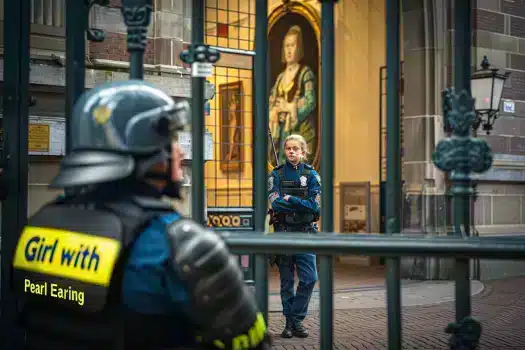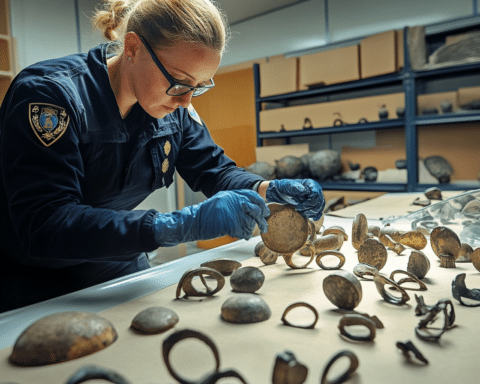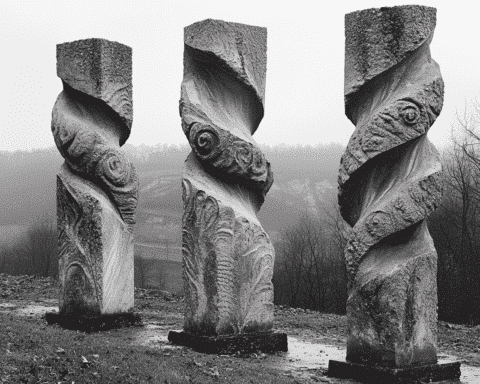In a remarkable turn of events, a Dutch court of appeal has ruled in favor of three Belgian climate activists revoking their previous prison sentences related to a protest against Johannes Vermeer’s iconic “Girl with a Pearl Earring.” This decision came after the activists associated with Just Stop Oil Belgium demonstrated at the Mauritshuis Museum in The Hague, Netherlands, in October 2022, dramatically drawing attention to their environmental cause.
The protest saw one activist glue his head to the glass shielding the revered 17th-century artwork while another doused the first with tomato soup before adhering his hand to the museum wall. A third accomplice documented the entire episode. Despite potential harm, the Mauritshuis museum later confirmed that the painting remained “undamaged,” albeit the 19th-century frame sustained damage. The museum was able to return the painting to public display promptly the following day.
Originally convicted for causing destruction and damage and public violence, the activists faced two-month jail sentences. However, a spokesperson from The Hague Court of Appeal highlighted that the trio had already spent 23 days in pre-trial detention. The court deemed further imprisonment excessive and expressed concern over potentially stifling peaceful protest and free speech. “To punish these activists severely might have a ‘chilling effect’ on others,” the court remarked, underscoring the importance of maintaining a space for civil discourse and activism.
The ruling has stirred conversations about the balance between protecting cultural heritage and allowing space for public demonstration and freedom of expression. The Netherlands Public Prosecution Service, the Mauritshuis Museum, and various activist groups, including Extinction Rebellion Belgium, have been pivotal voices in the unfolding dialogue surrounding the protest and its aftermath.
The court’s decision to absolve the climate activists of their jail sentences reflects a nuanced consideration of justice, emphasizing the significance of peaceful protest in democratic societies. While the activists’ action at the Mauritshuis Museum was controversial, it has undeniably sparked a broader discussion on environmental activism and its intersection with art and culture. The case serves as a reminder of the ongoing debates about effective protest methods that respect our shared cultural heritage.




